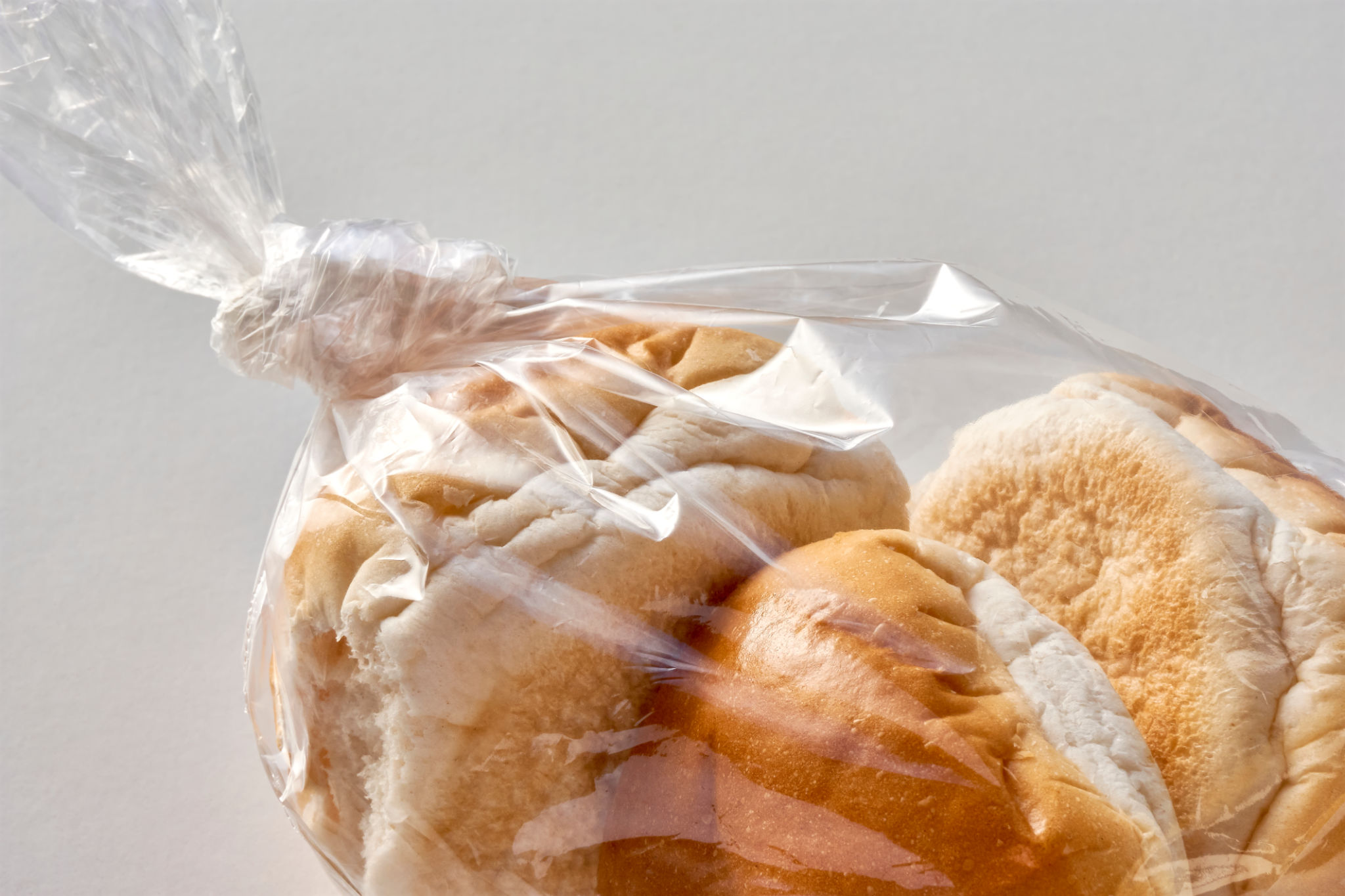The Unexpected Health Hack Hiding in Your Freezer: Why Freezing and Defrosting Bread is a Game Changer
We often think of fresh bread as the ideal, but what if I told you that subjecting your loaf to the icy depths of your freezer could actually unlock some surprising health benefits? It sounds counterintuitive, but a simple freeze-and-defrost cycle can significantly change the molecular structure of bread, turning it into a more gut-friendly and blood sugar-conscious food.
The key lies in something called resistant starch. Most of the starch in freshly baked bread is easily digested in your small intestine, quickly breaking down into glucose and causing a rapid rise in blood sugar. However, when you freeze bread, something interesting happens to the starch molecules. The process of freezing and subsequent thawing (specifically, the retrogradation of starch) converts a portion of that easily digestible starch into resistant starch.

Resistant starch resists digestion in the small intestine
As the name suggests, resistant starch resists digestion in the small intestine. Instead of being absorbed as glucose, it travels intact to your large intestine. And this is where the magic happens.
In the large intestine, resistant starch acts like a natural prebiotic. Think of prebiotics as food for the beneficial bacteria living in your gut microbiome. By feeding these good bacteria, resistant starch helps them thrive, promoting a healthier and more diverse gut environment. A healthy gut is linked to countless aspects of well-being, from improved digestion and nutrient absorption to boosted immunity and even mental health.

Consuming bread that contains higher amounts of resistant starch can lead to a slower, more controlled release of sugar
But the benefits don't stop there. Because resistant starch isn't broken down into glucose in the small intestine, consuming bread that contains higher amounts of it can lead to a slower, more controlled release of sugar into your bloodstream. This means reduced blood sugar spikes after eating, which can be particularly beneficial for individuals managing blood sugar levels, and can also contribute to more stable energy levels throughout the day. Furthermore, since resistant starch isn't absorbed as calories in the same way as regular starch, it can also contribute to slightly lower calorie absorption from the bread.
So, the simple act of freezing and then defrosting your bread transforms it into a food that actively supports a healthy gut and helps in better blood glucose control.
It's an incredibly easy health hack to implement. Simply slice your bread before freezing (this makes thawing individual portions much easier), pop it in a freezer bag, and then take out slices as needed to defrost. You can thaw it on the counter, in the toaster, or even gently in a microwave.
Next time you bring home a fresh loaf, consider immediately slicing and freezing a portion. You're not just preserving your bread; you're potentially boosting its health benefits in a significant way. Give this simple tip a try and feel the difference!
I've done many test and it's very difficult to differentiate a freshly baked sourdough bread, and the one you defrost properly and toast it again. Spo, why don't you give it a try?
Because You Deserve Real Bread
